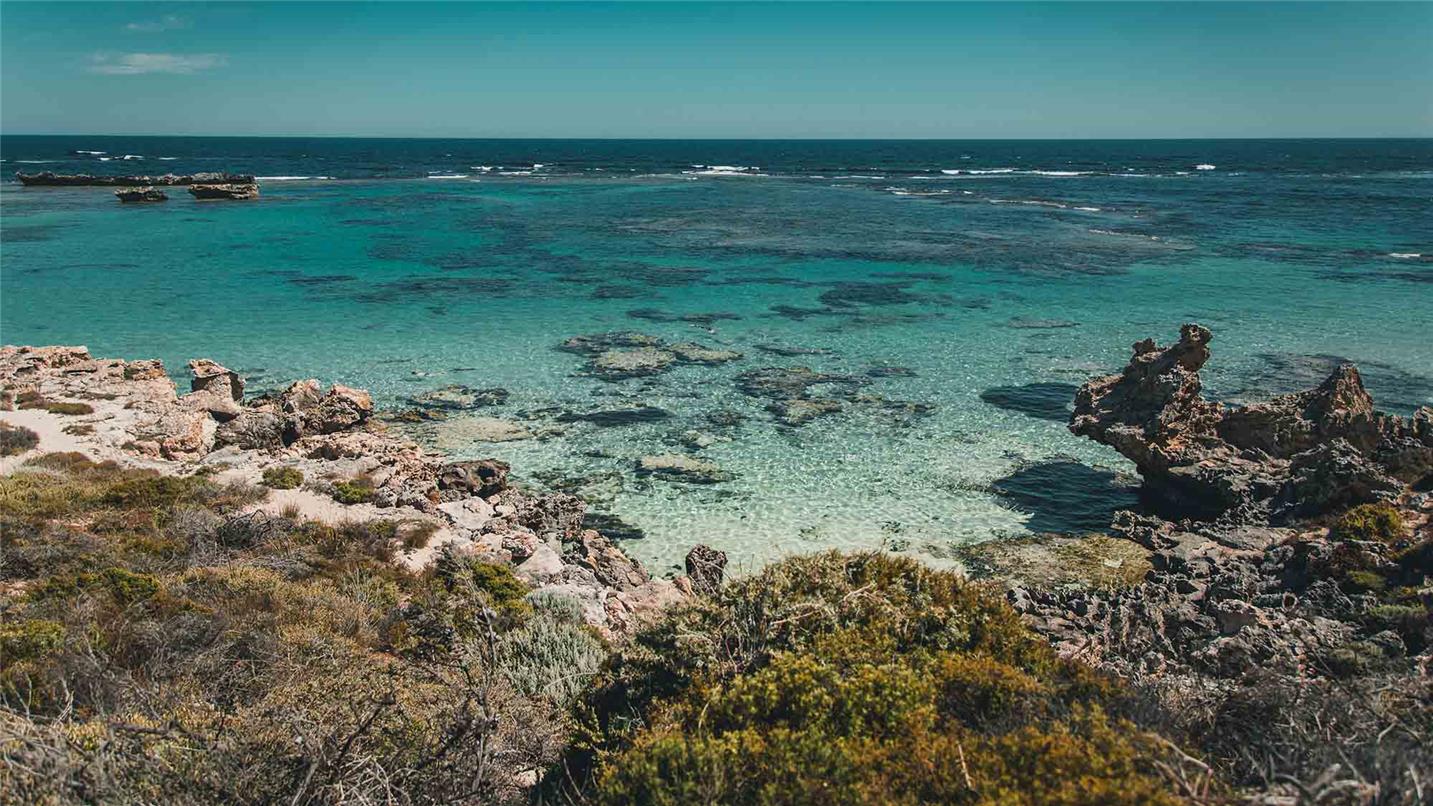Overview
At
the turn of the century, Western Australia’s natural water supplies
were becoming depleted as a result of extended and severe drought, with
water flows dropping by almost 30 percent in the eight years leading up
to 2005.
The state implemented urgent medium term drought recovery plans to respond to the issue, including water restrictions and additional groundwater allocations. But ensuring the future of Perth’s drinking water called for a long-term diversification of its water strategy.
The state implemented urgent medium term drought recovery plans to respond to the issue, including water restrictions and additional groundwater allocations. But ensuring the future of Perth’s drinking water called for a long-term diversification of its water strategy.
Supplies under threat
To safeguard the future for the longer term, it was clear that Perth needed to diversify its water sources.
In late 2004 the State-owned water utility, Water Corporation called for tenders from prequalified bidders for the design, construction and operation of a seawater desalination plant to be constructed about 30 km south of the Perth CBD at Kwinana.
In April 2005, the Premier of Western Australia announced the award of the Perth Seawater Desalination Plant (PSDP) to a joint venture of SUEZ and Multiplex Construction. At the time, the 45 gigalitres (GL) per year plant was the largest single water source feeding into the Integrated Water Supply Scheme (IWSS) for the Perth Metropolitan Area. Today, it’s owned by the Water Corporation and operates under a 25-year contract with SUEZ.
Construction of the plant began almost immediately. The plant delivered its first water 18 months later in November 2006 with full commercial operation taking place six months after that. At the time, the PSDP was the largest seawater reverse osmosis desalination plant in Australia.
In late 2004 the State-owned water utility, Water Corporation called for tenders from prequalified bidders for the design, construction and operation of a seawater desalination plant to be constructed about 30 km south of the Perth CBD at Kwinana.
In April 2005, the Premier of Western Australia announced the award of the Perth Seawater Desalination Plant (PSDP) to a joint venture of SUEZ and Multiplex Construction. At the time, the 45 gigalitres (GL) per year plant was the largest single water source feeding into the Integrated Water Supply Scheme (IWSS) for the Perth Metropolitan Area. Today, it’s owned by the Water Corporation and operates under a 25-year contract with SUEZ.
Construction of the plant began almost immediately. The plant delivered its first water 18 months later in November 2006 with full commercial operation taking place six months after that. At the time, the PSDP was the largest seawater reverse osmosis desalination plant in Australia.
Revolutionary design
The key to an effective design and operation is source water quality.
Pre-treatment
The pre-treatment system includes 24 highly efficient dual media filtration units using sand and anthracite filter media followed by 14 cartridge filters.
Reverse Osmosis
Our reverse osmosis (RO) design incorporates double pass membranes to achieve a salinity below 200 mg/L and a bromide content below 0.1 mg/L.
All operating parameters are fully controlled by pressure and flow control loops to automatically compensate temperature fluctuations and membrane permeability and to optimise energy consumption.
The water produced by the reverse osmosis units (permeate) undergoes remineralization, including disinfection and fluoridation, to meet high quality drinking water standards.
All operating parameters are fully controlled by pressure and flow control loops to automatically compensate temperature fluctuations and membrane permeability and to optimise energy consumption.
The water produced by the reverse osmosis units (permeate) undergoes remineralization, including disinfection and fluoridation, to meet high quality drinking water standards.
Innovation
Our innovative technology includes pressure exchangers, which provide energy savings of up to 20%. The seawater inlet and brine discharge are in Cockburn Sound, an area of environmental sensitivity.
Such sensitivity meant a requirement for strict consideration and monitoring of total dissolved solids, temperature, dissolved oxygen and sediment habitat in the vicinity.
To minimise our environmental footprint, an innovative system of brine dispersion was used, which manages the dispersion and dilution into the aquatic environment. The discharge area has limited natural mixing, so a diffuser-based outfall was designed and located half a kilometre offshore, with multiple ports spaced at intervals along the final 200 m of the diffuser.
Our teams have been closely monitoring the plant since it has been in operation. This ensures that marine habitat and fauna are protected.
Such sensitivity meant a requirement for strict consideration and monitoring of total dissolved solids, temperature, dissolved oxygen and sediment habitat in the vicinity.
To minimise our environmental footprint, an innovative system of brine dispersion was used, which manages the dispersion and dilution into the aquatic environment. The discharge area has limited natural mixing, so a diffuser-based outfall was designed and located half a kilometre offshore, with multiple ports spaced at intervals along the final 200 m of the diffuser.
Our teams have been closely monitoring the plant since it has been in operation. This ensures that marine habitat and fauna are protected.
Future-Proofing Perth’s water
Since operation began, the areas around the diffusers and the intake structure are abundant with marine life.
Energy consumption also plays a large part in the design of a desalination plant. The PSDP uses cutting-edge technology, including pressure exchangers which provide energy savings of up to 20%. The most energy intensive part of the plant, accounting for up to 50% of total operational costs is the pressurisation of the water up to 60 bars prior to the reverse osmosis process. The pressure exchangers recover the residual pressure of the concentrated brine discharge which is then transferred to the feed flow of the seawater at an efficiency rate of 95%.
The Perth seawater desalination plant is one of the first desalination plants in the region, with its leading technology, operational efficiency and novel design, it is helping mitigate the effects of drought with minimal environmental impact.
Reducing total reliance on rainfall is a critical step in ensuring clean and safe drinking water for Perth’s population well into the future.
The Perth seawater desalination plant is one of the first desalination plants in the region, with its leading technology, operational efficiency and novel design, it is helping mitigate the effects of drought with minimal environmental impact.
Reducing total reliance on rainfall is a critical step in ensuring clean and safe drinking water for Perth’s population well into the future.
145,000
m3
of drinking water per day
45
Billion litres
of fresh water supplied to 2M people each year
Alliance* contract for the Design and Build 2005-2007
Alliance contract for Operation & Maintenance 2007-2032.
*Alliance agreement proAlliance: SUEZ in association with Multiplex Engineering and the Water Corporation
Alliance contract for Operation & Maintenance 2007-2032.
*Alliance agreement proAlliance: SUEZ in association with Multiplex Engineering and the Water Corporation

